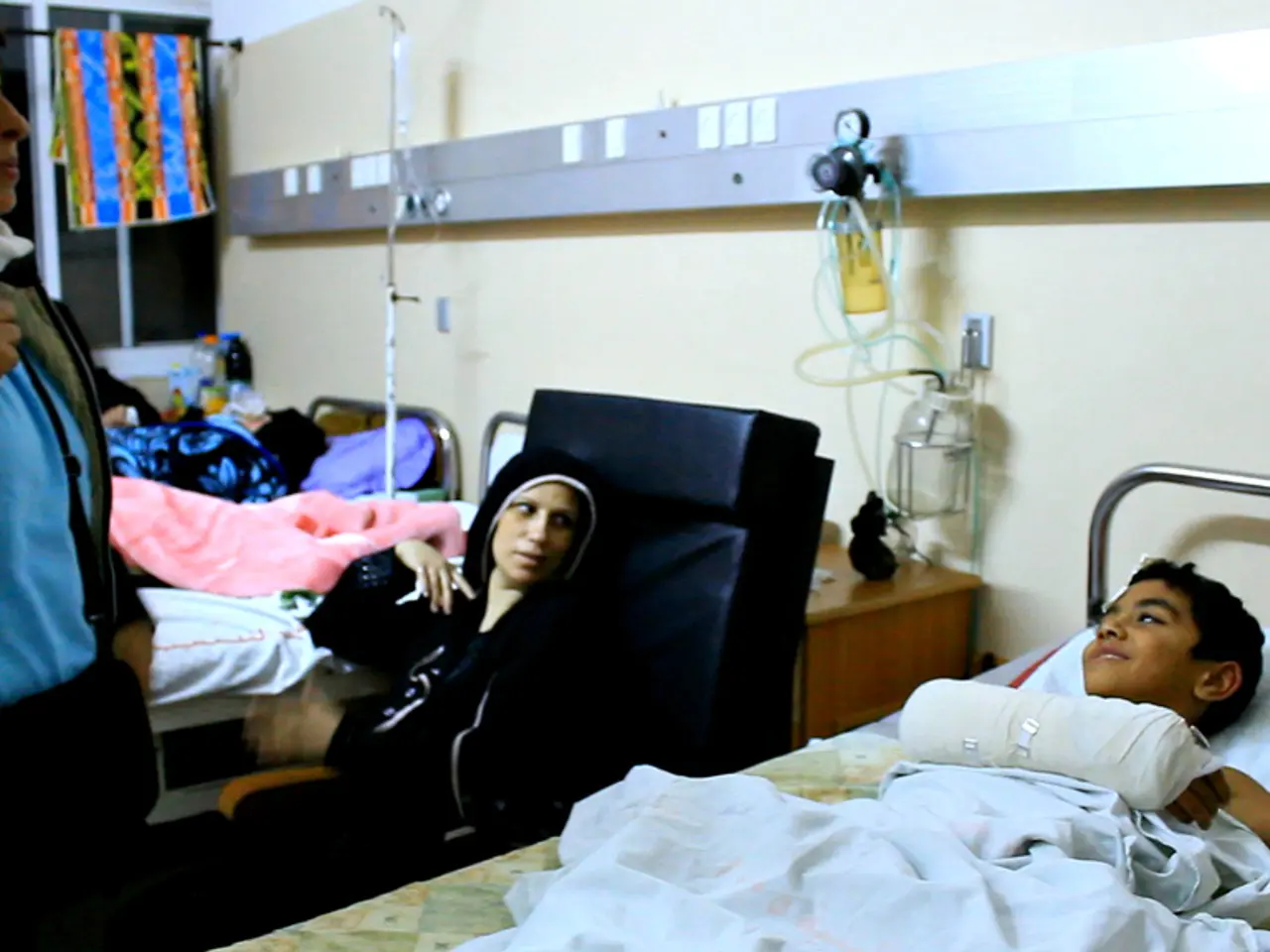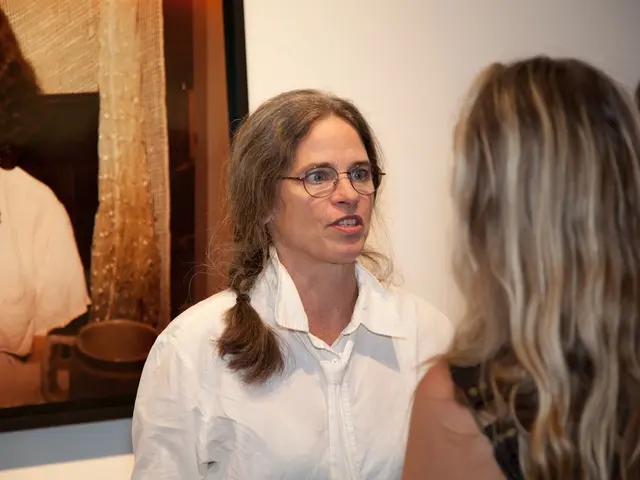Shortfall in Medical School Placements Struggles to Address Doctor Scarcity Crisis
In a country where the medical degree is a popular choice among students, the shortage of doctors remains a pressing issue. Over the last ten years, the part-time quota for men in hospitals has increased from 20 to 29 percent, and for women from 33 to 42 percent. Yet, the number of medical students, particularly women, has grown significantly, with around 65 percent of the 113,000 students being female.
The distribution of medical study places varies greatly among the federal states in Germany, with regions such as Saxony-Anhalt, Hamburg, Hesse, and Berlin having a relatively high number of medical study places. However, the number of places has only increased slightly from around 9,000 to 10,000 in the past nearly ten years, falling short of addressing the growing demand.
Regions with medical faculties, like those around universities in Heidelberg, Freiburg, or Lübeck, have a higher density of doctors. Conversely, the German federal states of Bremen and Brandenburg currently do not offer any state-funded medical study places at their public universities. This situation is set to change, as the Medical University of Lausitz is scheduled to begin operations in the winter semester 2026/27 in Brandenburg.
The operation of medical study programs is costly for states, with the annual running costs per person in the field of human medicine/health sciences amounting to around 25,000 euros, according to the Federal Statistical Office. The "stickiness effect," where medical graduates tend to settle near their university as doctors, further complicates the issue, as it exacerbates regional imbalances in the availability of doctors.
The Social Association SoVD has warned that the shortage of medical study places threatens local healthcare provision in many regions. In the academic year 2024, North Rhine-Westphalia had the most first-year students starting medical studies, with 2,334, which equates to 13 medical study places per 100,000 inhabitants. Saarland and Mecklenburg-Vorpommern had 29 and 26 medical study places per 100,000 inhabitants, respectively, putting them at the top of the list.
Despite the increase in the number of students studying medicine, there are still 30 percent more people needed to fill the roles of doctors. At least 9,100 men and women from Germany are studying medicine abroad, but this does not alleviate the shortage. For the winter semester 2024/25, around 10,000 first-year students secured a place to study medicine at a university, while around 20,000 applicants were unsuccessful.
As Germany continues to grapple with the shortage of doctors, the need for a comprehensive solution becomes increasingly urgent. The expansion of medical study places, particularly in regions with a high demand for doctors, and the attraction of international students to study medicine in Germany could be key steps towards addressing this issue.








